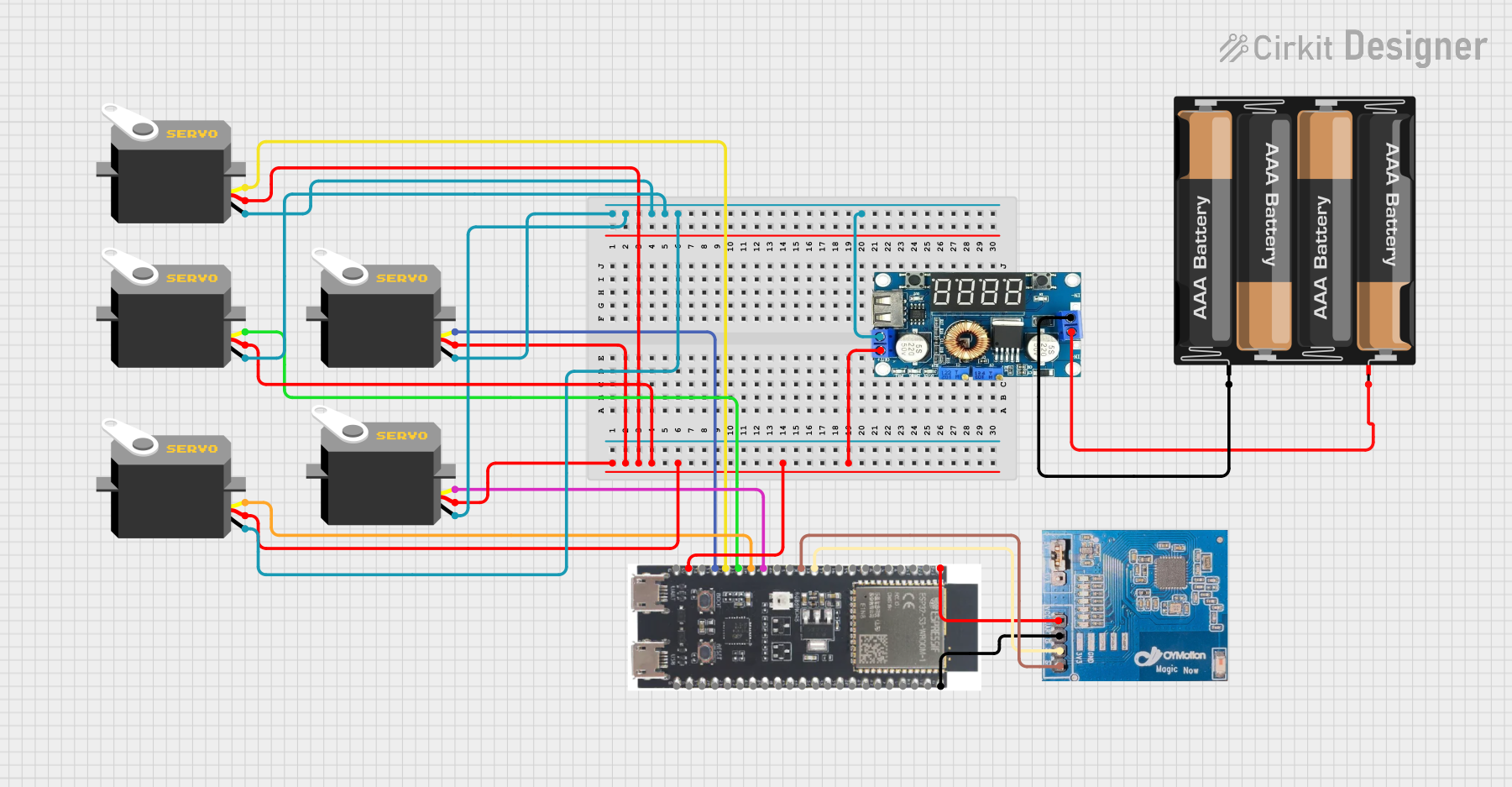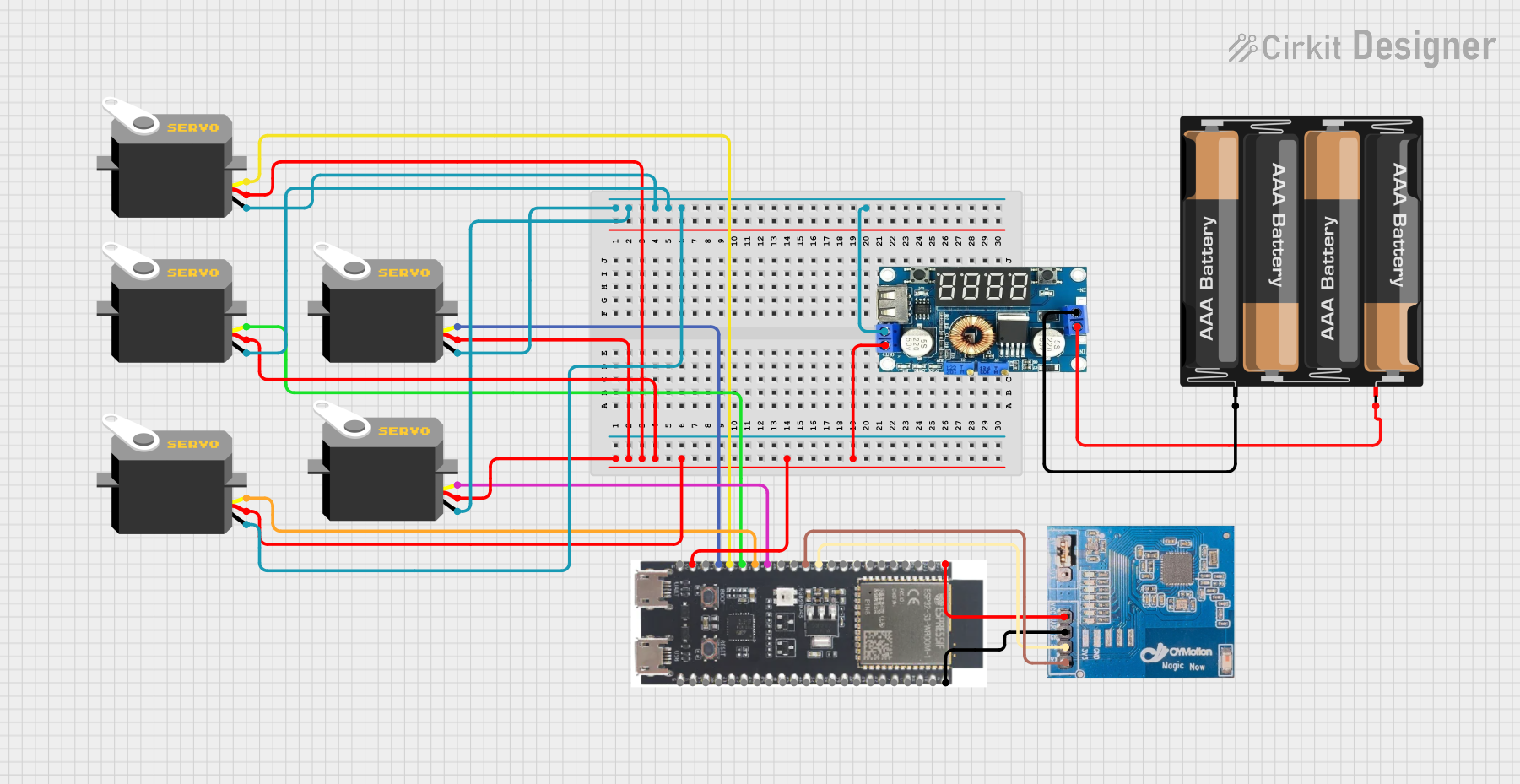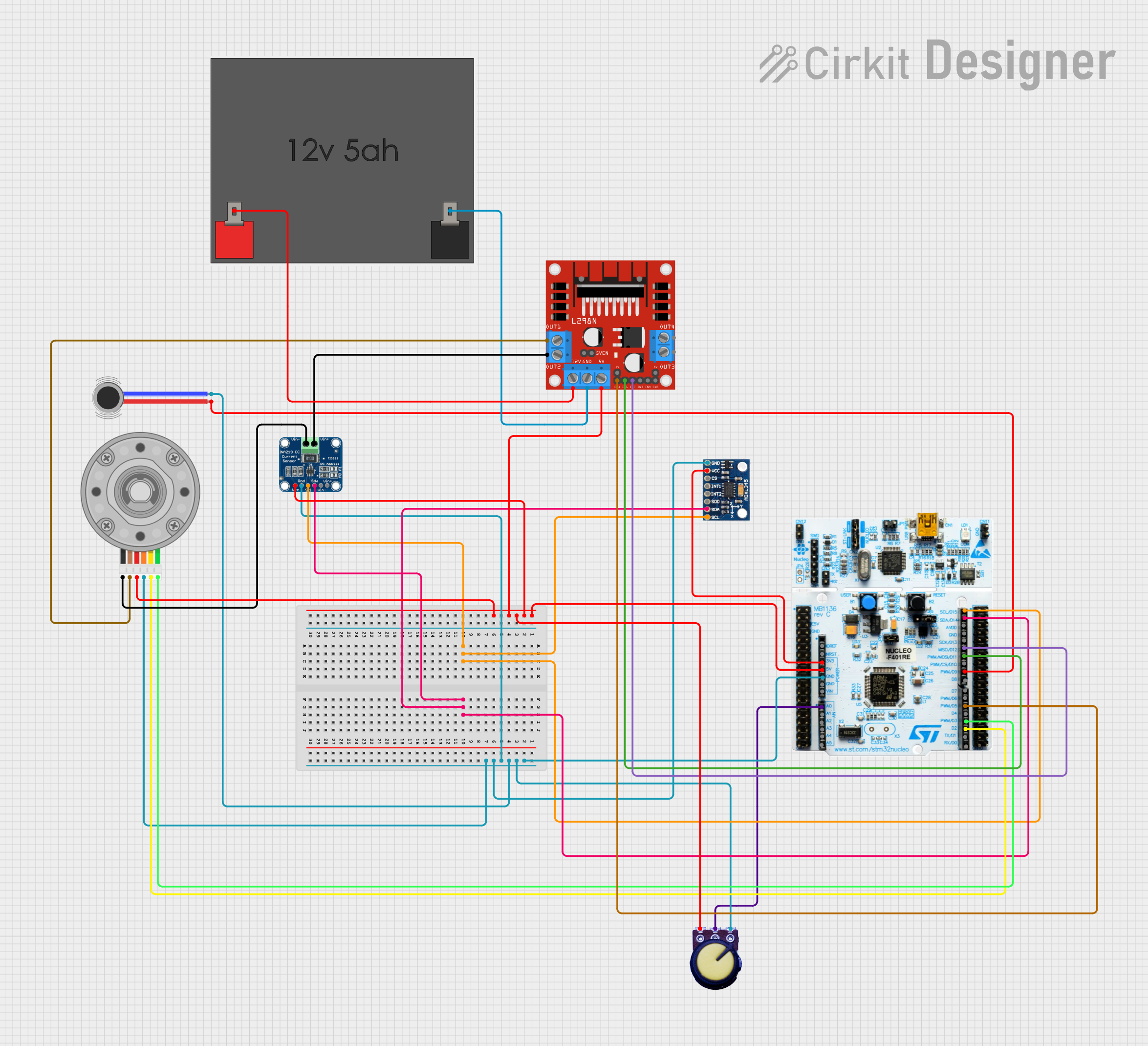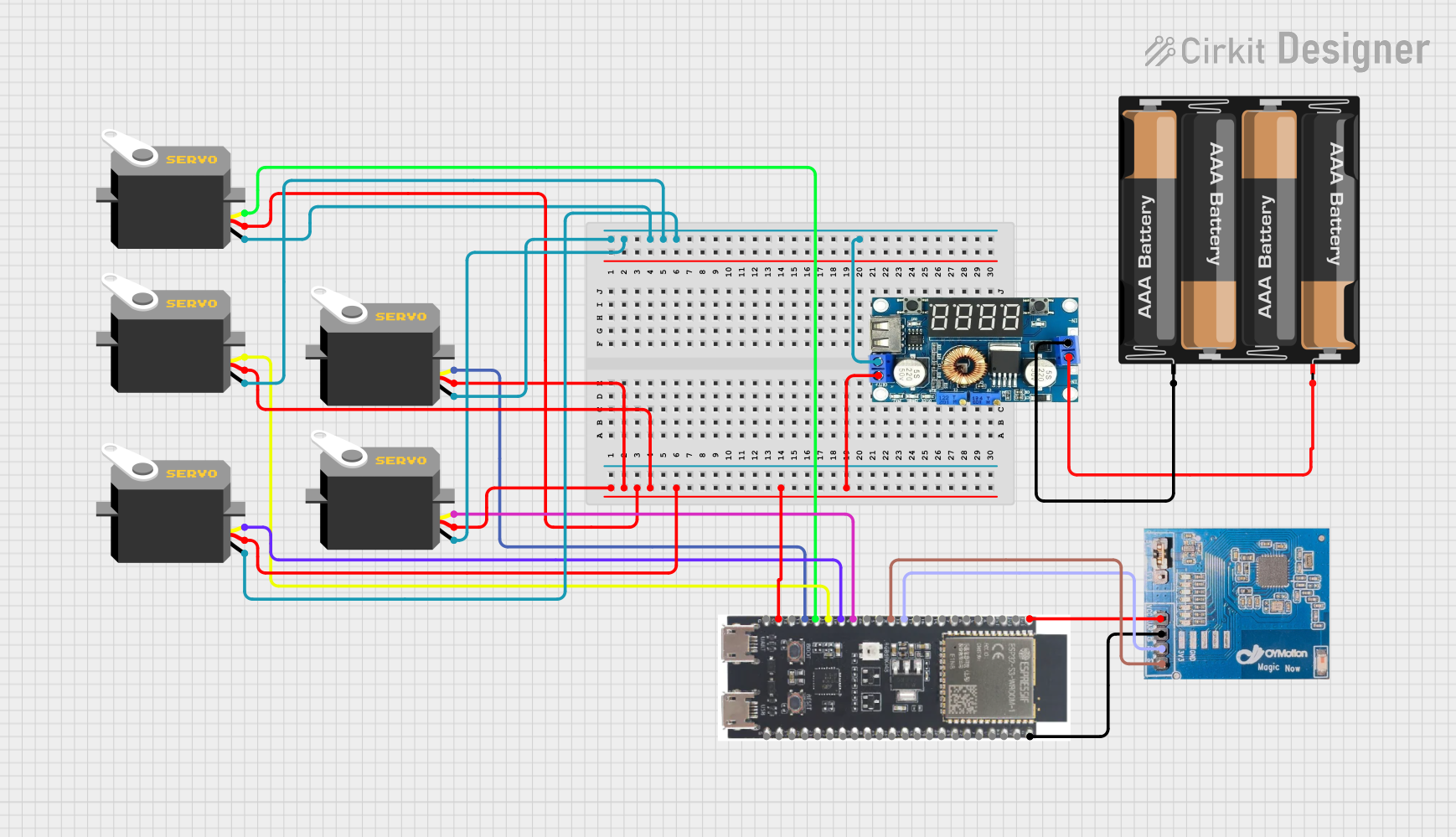
How to Use V_REG_MC33269: Examples, Pinouts, and Specs

 Design with V_REG_MC33269 in Cirkit Designer
Design with V_REG_MC33269 in Cirkit DesignerIntroduction
The V_REG_MC33269 is a low dropout (LDO) voltage regulator capable of providing a fixed output voltage with low power dissipation. This component is particularly useful in battery-powered devices where efficient use of power is crucial. It is designed to maintain a stable voltage level, which is essential for the reliable operation of electronic circuits.
Explore Projects Built with V_REG_MC33269

 Open Project in Cirkit Designer
Open Project in Cirkit Designer
 Open Project in Cirkit Designer
Open Project in Cirkit Designer
 Open Project in Cirkit Designer
Open Project in Cirkit Designer
 Open Project in Cirkit Designer
Open Project in Cirkit DesignerExplore Projects Built with V_REG_MC33269

 Open Project in Cirkit Designer
Open Project in Cirkit Designer
 Open Project in Cirkit Designer
Open Project in Cirkit Designer
 Open Project in Cirkit Designer
Open Project in Cirkit Designer
 Open Project in Cirkit Designer
Open Project in Cirkit DesignerCommon Applications and Use Cases
- Battery-powered devices
- Portable electronics
- Microcontroller power supply
- Linear power supplies for sensors and analog circuits
Technical Specifications
Key Technical Details
- Output Voltage: Fixed versions available (e.g., 3.3V, 5V)
- Input Voltage Range: Typically up to 20V
- Output Current: Up to 800mA
- Dropout Voltage: Typically 1V at full load
- Package: Available in various packages (e.g., TO-220, SOT-223)
Pin Configuration and Descriptions
| Pin Number | Name | Description |
|---|---|---|
| 1 | Vin | Input voltage to the regulator. Should be higher than the desired output voltage by at least the dropout voltage. |
| 2 | GND | Ground reference for the regulator. |
| 3 | Vout | Regulated output voltage. |
Usage Instructions
How to Use the Component in a Circuit
- Connect the input voltage (Vin) to pin 1. Ensure that the input voltage does not exceed the maximum rating and is at least the dropout voltage above the desired output voltage.
- Connect the ground (GND) to pin 2.
- The regulated output voltage (Vout) can be taken from pin 3.
- It is recommended to place a capacitor (typically 1µF or greater) between the input pin and ground, and another capacitor between the output pin and ground to improve stability and transient response.
Important Considerations and Best Practices
- Always check the maximum input voltage rating to prevent damage to the regulator.
- Ensure that the output current does not exceed the maximum rating of the regulator.
- Heat sinking may be necessary for high current applications to prevent overheating.
- Avoid running the regulator at maximum ratings for extended periods to ensure reliability.
Troubleshooting and FAQs
Common Issues Users Might Face
- Voltage Output is Too Low: Ensure that the input voltage is sufficiently above the output voltage and that the input and output capacitors are of the correct value and properly installed.
- Regulator Overheating: Check if the current draw is within the specified limit and consider adding a heat sink.
- Unstable Output: Verify that the capacitors are in good condition and are of the recommended value.
Solutions and Tips for Troubleshooting
- If the output voltage is incorrect, re-check the input voltage and the capacitors connected to the input and output.
- For overheating issues, reduce the load current or improve heat dissipation.
- In case of instability, ensure that the capacitors are placed close to the regulator pins and are of low ESR type.
Example Connection with Arduino UNO
The V_REG_MC33269 can be used to power an Arduino UNO board when a stable voltage source from a battery or an unregulated power supply is required.
// No specific code is required for the V_REG_MC33269 as it is a hardware component.
// However, below is an example of how to connect the V_REG_MC33269 to an Arduino UNO.
// V_REG_MC33269 Pinout to Arduino UNO:
// Vin (Pin 1) -> Unregulated Voltage Source (e.g., 9V battery)
// GND (Pin 2) -> GND on Arduino UNO
// Vout (Pin 3) -> 5V on Arduino UNO
// Ensure that the input voltage to the V_REG_MC33269 is within the specified range
// and that the output voltage is suitable for the Arduino UNO (5V version).
Remember that the V_REG_MC33269 is a passive component and does not require programming. The connection to the Arduino UNO is purely electrical. Always ensure that the power requirements of the Arduino and connected peripherals do not exceed the current capabilities of the V_REG_MC33269.